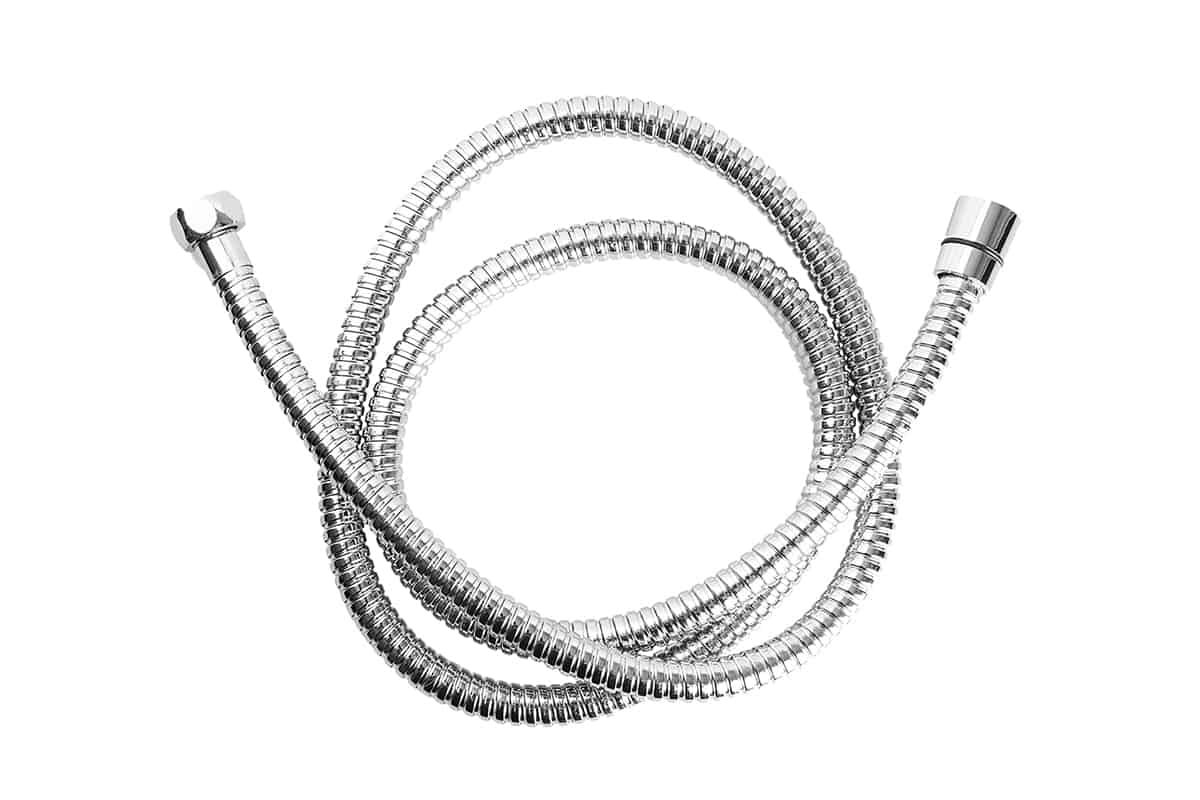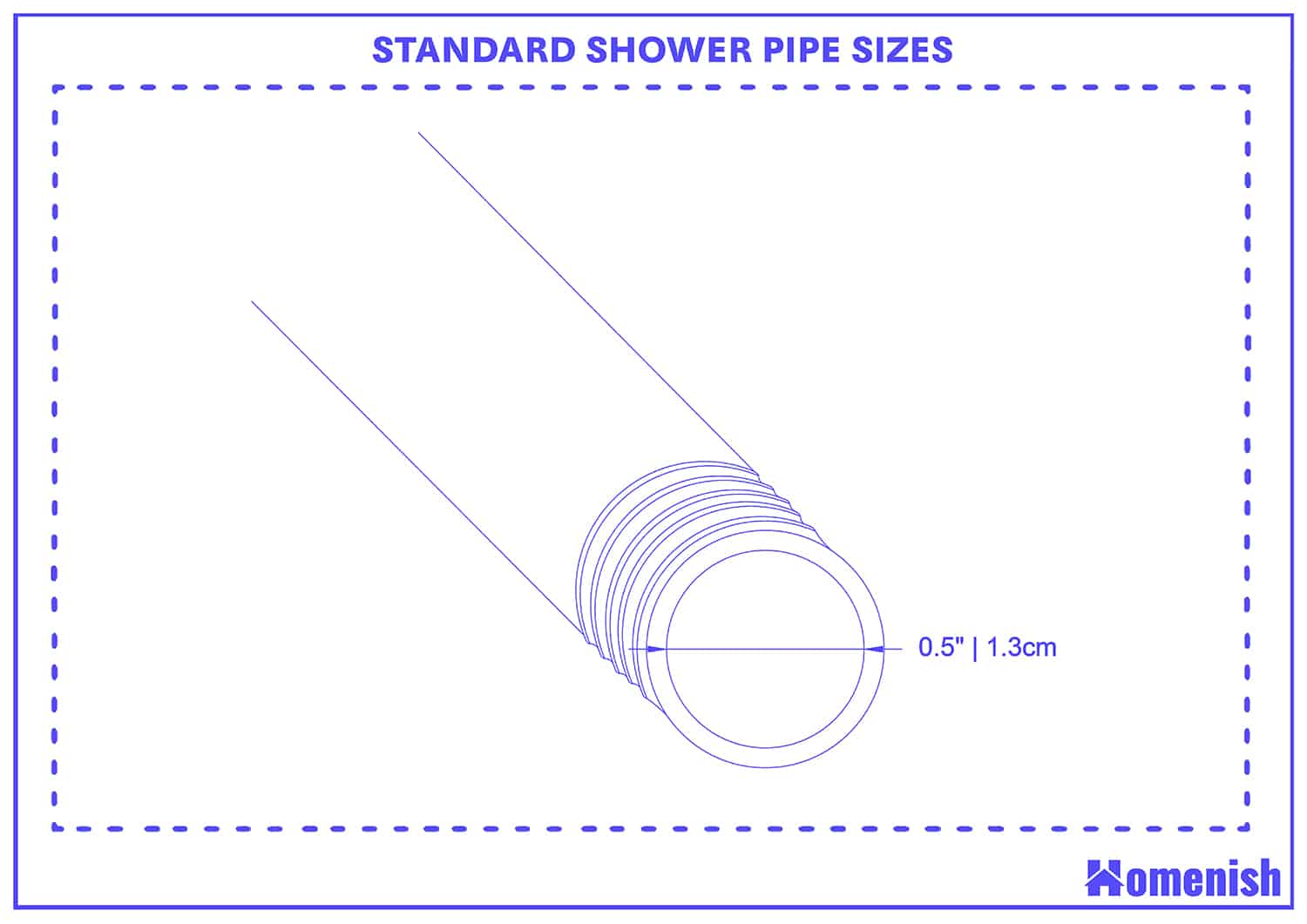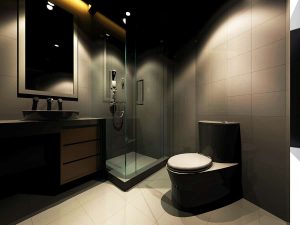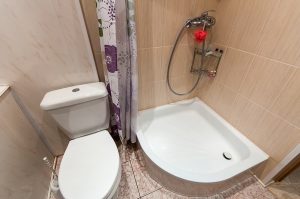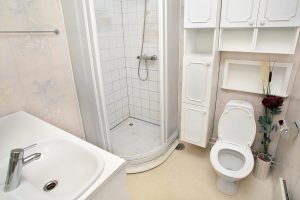If you are looking to replace your shower head, then you will need to know the size of your shower pipe to ensure the new head you choose is going to be compatible with it. Here we look at standard shower pipe size and correlating standard shower thread size.
Shower Pipe Sizing
If you are renovating your whole bathroom, or you have a broken shower head and need to replace it, then you’re going to need to make sure that the size of your shower pipe and the size of your shower head fittings are the same, so that they can be installed together and function as they should.
Fortunately, shower pipe size is standardized across North America, so you can feel confident in the knowledge that you can buy any US or Canadian manufactured shower head, knowing it will be certain to fit your existing shower pipe. The standard size for shower pipe is half an inch.
National Pipe Thread
The standard size of a shower pipe and the standard size of a shower pipe thread are the same. The thread is the ridged part at the end of a pipe, and the end of a showerhead, where you can twist the two items together to securely fit them into one solid piece.
The size of a shower pipe is also referred to as the thread size since both of these measurements are exactly the same. In North America, the thread size is known as NPT, which stands for ‘National Pipe Thread.’
This is a standardized measurement to ensure that shower pipes and threads across all manufacturers are the same, allowing people to use any showerheads and shower fittings with any shower pipes. The NPT is ½ inch.
British Standard Pipe
The standard size of a shower pipe or shower thread in Great Britain is also standardized, and it is known as BSP or British Standard Pipe.
The British Standard Pipe is the same size as the National Pipe Thread in the US, at half an inch.This means that showerheads made in Britain will be compatible with shower pipes made in the US or Canada, and vice versa.
The British Standard Pipe sizing is also followed in other parts of the world, such as Australia and New Zealand, Asia, and most of Europe.
As a result, you can expect that most shower pipes and corresponding shower threads across the world are all going to measure half an inch, which means that shower components manufacturers in various countries around the world will all be compatible with each other.
Non-Standard Shower Pipe
There will be very few instances of non-standard shower pipes upon which standard shower threads will not fit. This is an unlikely occurrence that is most likely to crop up in older homes that were built before pipes and threads were standardized.
If you suspect you have non-standard shower pipes, then your best solution will be to have your entire shower system replaced and modernized because finding a shower head to fit a non-standard shower pipe will prove very difficult.
Since shower pipe size and shower thread size are now standardized across most of the world, manufacturers only produce shower fittings that correspond to the half-inch standard size.
If you are unsure whether or not your shower pipes are the standard size, then there are ways you can ensure you get the right shower head to fit in your bathroom.
Use your old showerhead for guidance
If you are going to the store to get a new showerhead, then the best thing to do is take your old showerhead with you.
You can ask the staff in the store for help to make sure the new shower head is the same size as the old one; in that case, you will know that the new shower head is going to be compatible with your existing shower pipe fittings at home.
Measure existing shower pipe
If you aren’t able to get to a store and instead want to order a new shower head online, then you can remove your existing shower head from the pipe and measure it at home.
Once your shower head is separated from your shower pipe, you’ll need to assess the threads. Threads on a showerhead will be male or female. Female threads are the ridges that you can see on the inside hollow part of the pipe, while male threads are seen on the outside of the pipe.
Typically, the shower pipe will have male threads, and the showerhead will have female threads, which can be screwed together. This won’t always be the case, so you’ll want to check if your shower head is male or female so that you know whether your new shower head needs to have male or female threads.
Once you have figured out the type of thread you need on a showerhead, you can move on to measuring it.
Use a tape measure and take a measurement across the diameter of the pipe. For a female thread on the showerhead, you’ll want to take the inside measurement, going from the inner edge of the thread on one side to the inner edge of the thread on the opposite side.
For a male thread on a showerhead, measure the outside thread. To do this, take a measurement from the outermost point of the thread on one side of the pipe to the outermost point of the thread on the opposing side. If your shower pipes are standard, this measurement will be half an inch.
You may also want to take note of whether the threads on your existing showerhead are tapered or parallel. In the US and Canada, shower pipes and showerheads will have tapered threads as standard. These taper inwards, getting smaller as you get further into the thread.
Parallel threads are less common and stay the same distance apart throughout the thread.
